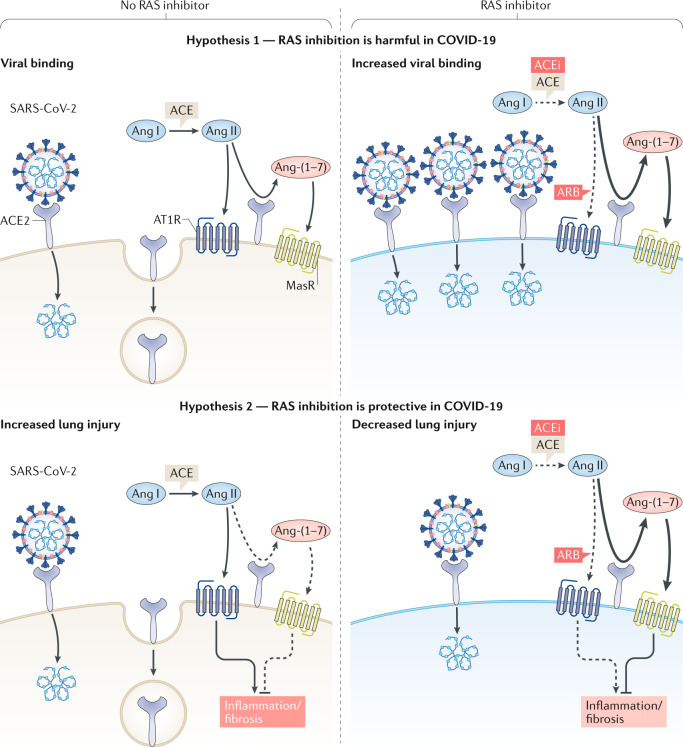Fig. 1. Possible effects of renin–angiotensin system inhibition on COVID-19.
The competing hypothetical mechanisms by which inhibition of the renin–angiotensin system (RAS) with an angiotensin-converting enzyme inhibitor (ACEi) or angiotensin-receptor blocker (ARB) might be harmful (upper panels) or protective (lower panels) in COVID-19. Hypothesis 1: severe acute respiratory syndrome coronavirus 2 (SARS-CoV-2) gains entry into the cell by binding to angiotensin-converting enzyme 2 (ACE2; upper left panel). The addition of an ACEi or ARB could increase ACE2 abundance and thus enhance viral entry (upper right panel). Hypothesis 2: angiotensin II (Ang II) drives lung injury by activating the type 1 angiotensin receptor (AT1R), causing inflammation and fibrosis (lower left panel). Diminishing production of Ang II with an ACEi or blocking Ang II–AT1R actions with an ARB enhances the generation of Ang-(1–7) by ACE2 and activation of the Mas receptor (MasR), which attenuates inflammation and fibrosis and therefore attenuates lung injury.

